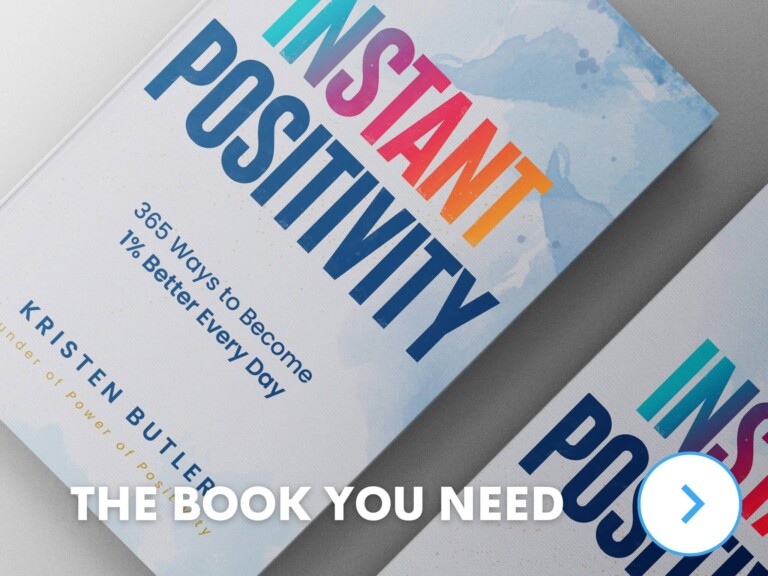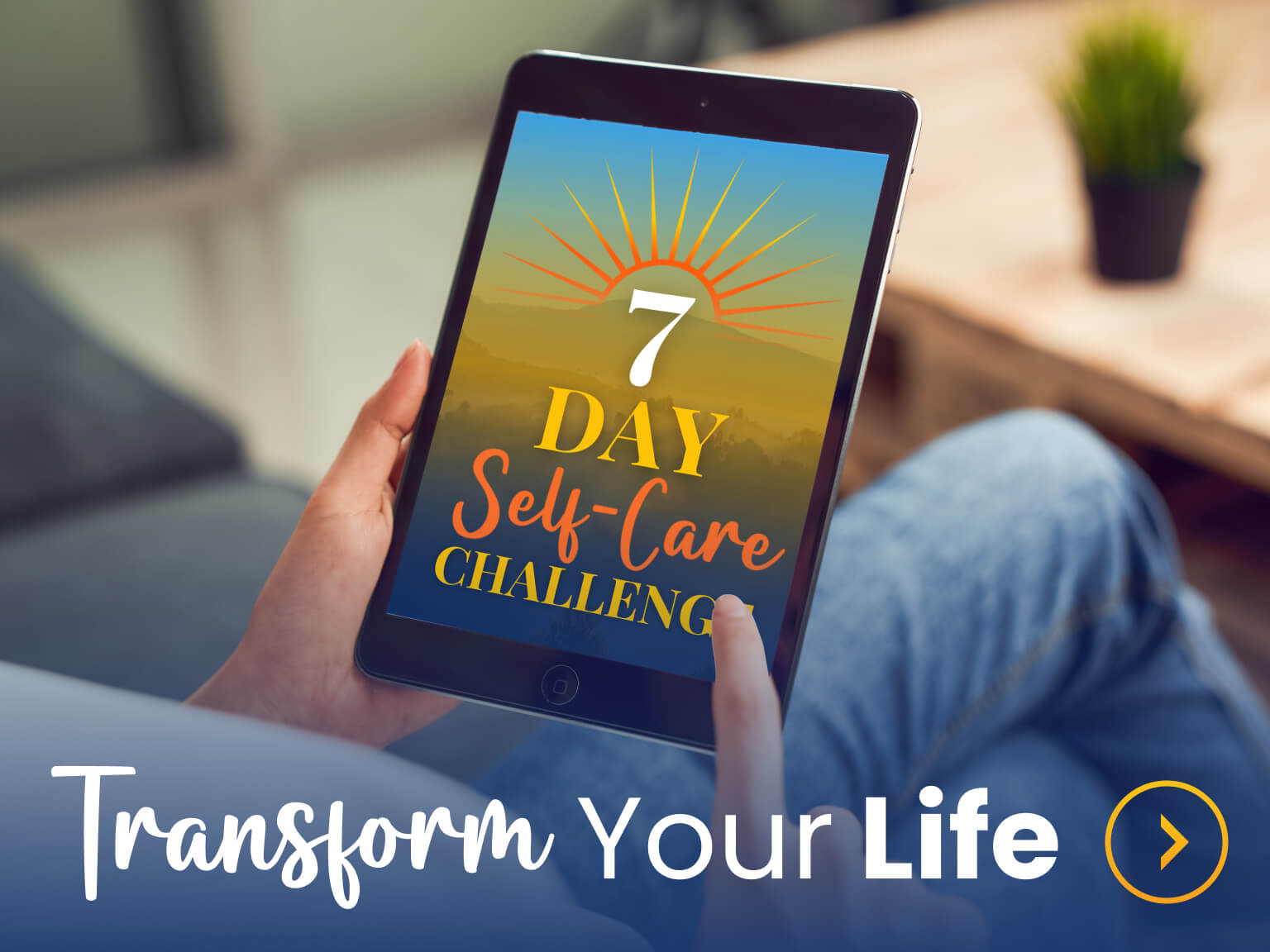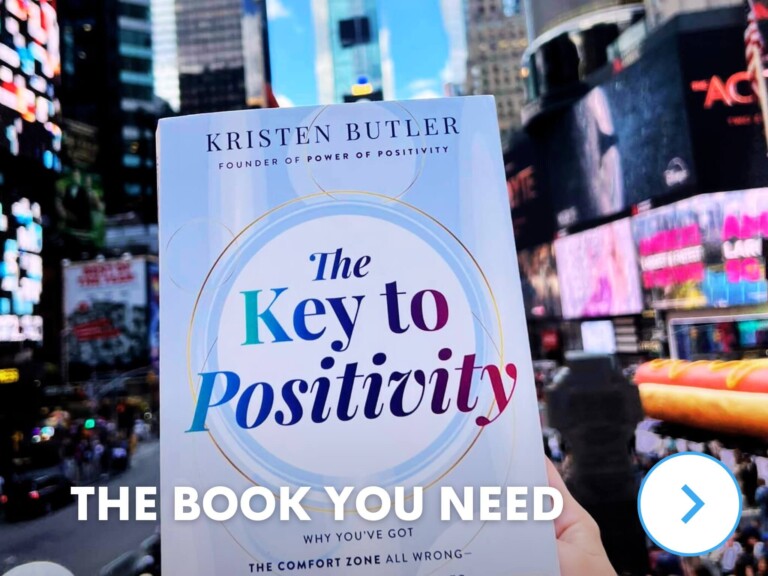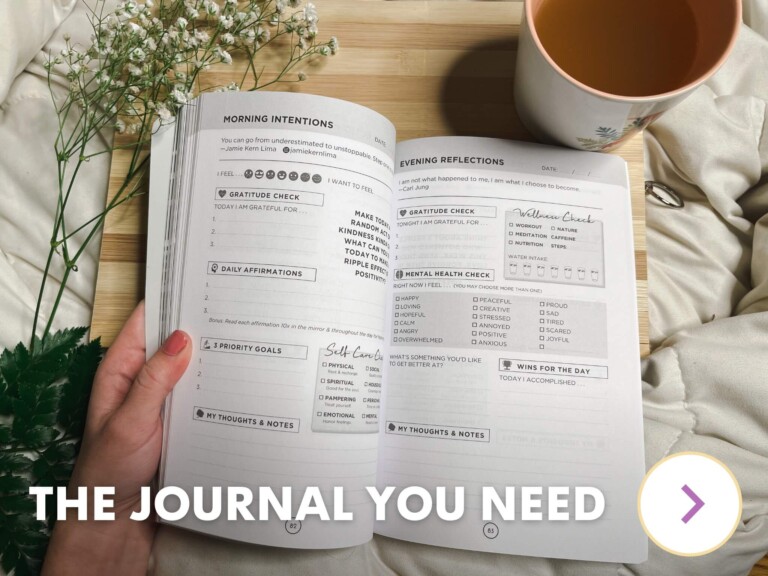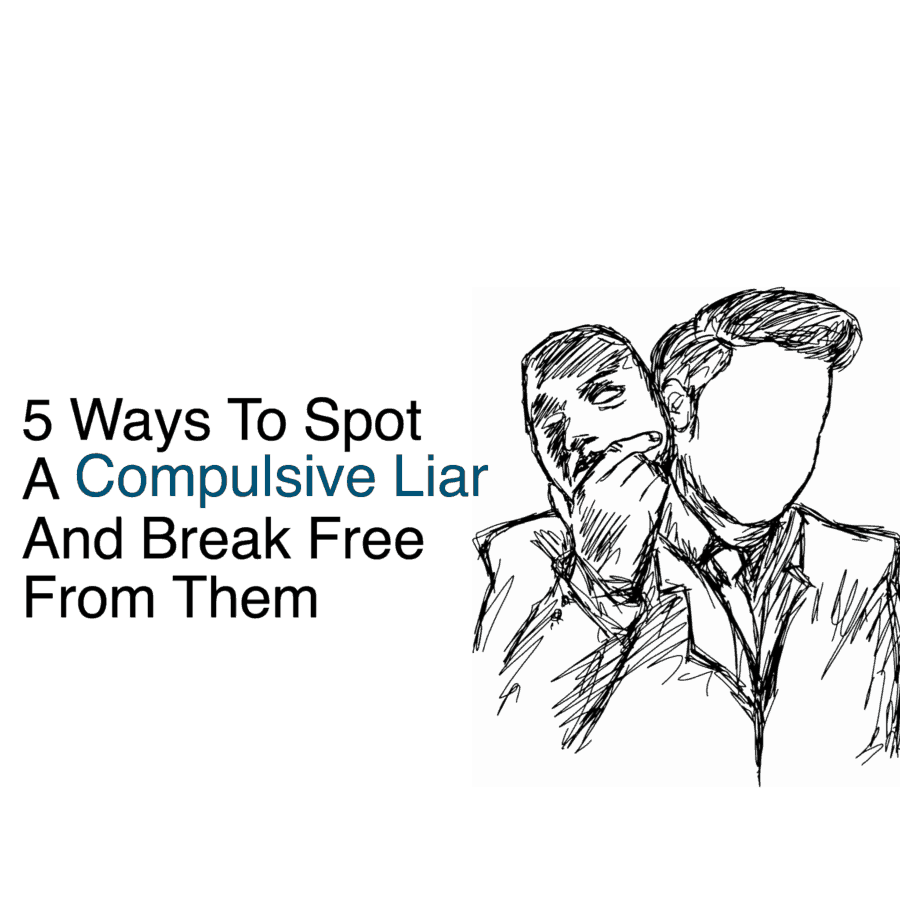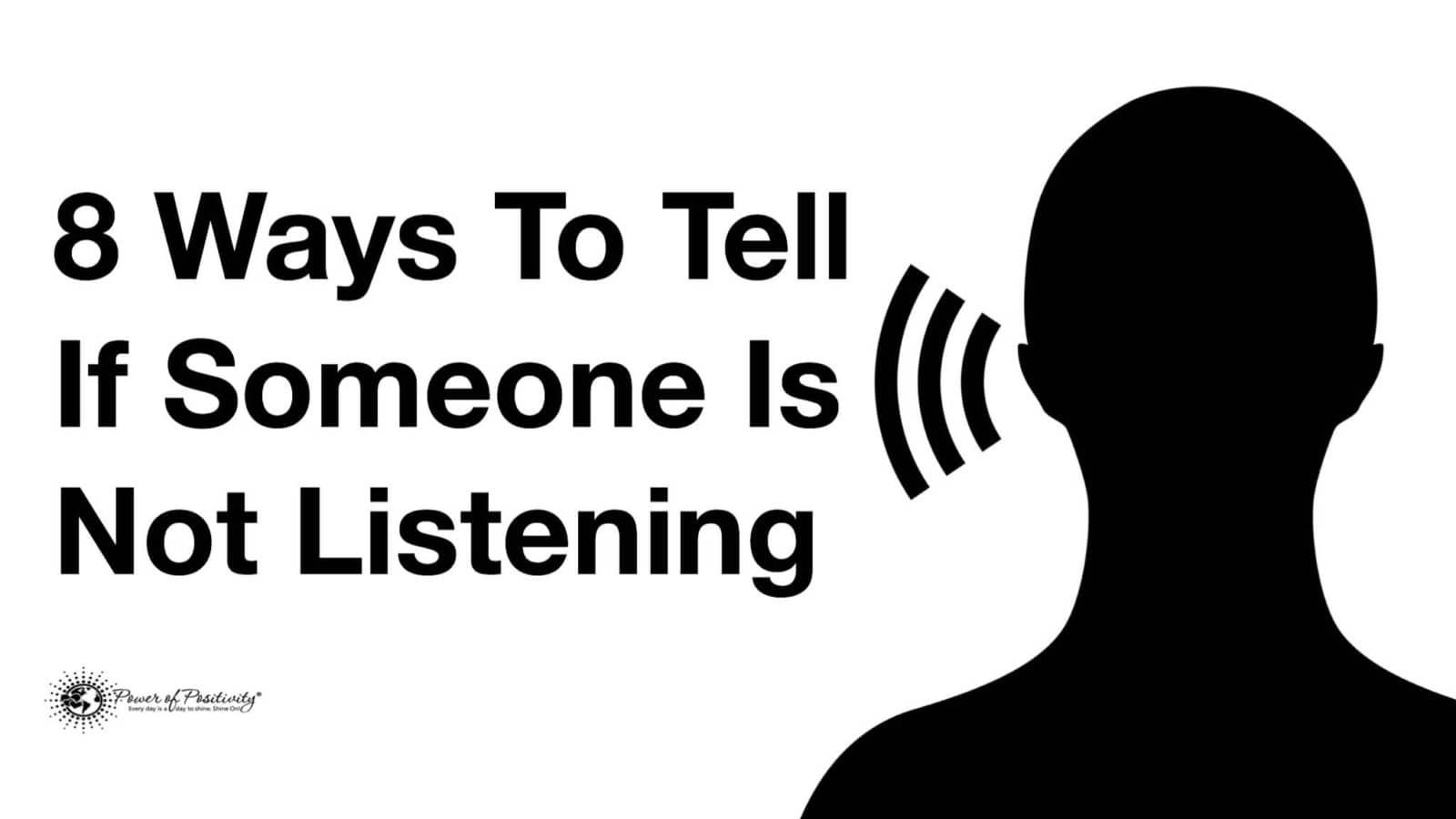Learn 7 effective tips to break unhealthy relationship patterns and discover how self-awareness, communication, and personal growth can transform your relationships.
Unhealthy relationship patterns can feel like a cycle you’re trapped in, repeating the same mistakes and ending up in the same frustrating dynamics. These patterns often leave us feeling stuck, unfulfilled, and longing for deeper, healthier connections.
The good news? It’s entirely possible to break free. By taking intentional steps, you can rewrite your relationship story and create bonds rooted in trust, respect, and genuine care.
Here are 7 actionable tips to help you identify and break those unhealthy patterns, paving the way for more fulfilling and joyful relationships.
Why Do Unhealthy Relationship Patterns Form?
Unhealthy relationship patterns often stem from early experiences, unresolved trauma, or learned behaviors. For instance, people raised in environments where emotional needs were ignored may develop codependent tendencies or struggle with setting boundaries.
Similarly, past relationships can shape expectations and behaviors, leading to repeated cycles. Recognizing the origins of these patterns is a crucial first step in breaking free. Understanding where they come from helps you address the root causes and create healthier dynamics moving forward.
7 Tips for Helping you Break Unhealthy Relationship Patterns
1 – Identify and Acknowledge Unhealthy Patterns
The first step to change is awareness. You can’t fix what you don’t recognize, so it’s essential to take an honest look at your relationship history. What patterns keep popping up? Maybe you tend to lose your sense of self in relationships, or perhaps you avoid addressing conflicts out of fear.
Acknowledging these patterns is powerful—it’s the moment you stop being a passive participant and start taking control. Journaling can be helpful here. Write down past behaviors, recurring themes, or emotional triggers you’ve noticed. Seeing these patterns on paper often provides clarity.
Remember this: Patterns can be broken, but it starts with recognizing they exist.
2 – Reflect on Past Relationships
Every relationship is a learning opportunity. Reflecting on past relationships can help you uncover the roots of unhealthy dynamics. Were there moments where boundaries were crossed, communication broke down, or emotional needs weren’t met? Understanding where things went wrong can help you avoid similar pitfalls in the future.
Take note of the roles you’ve played in these dynamics. Breaking unhealthy relationship patterns isn’t about blaming yourself or others—it’s about gaining insight. What lessons can you take away? What would you do differently next time?
Pro tip: Patterns often stem from unhealed wounds or unmet needs. Recognizing these can help you heal and grow.
3 – Develop Healthy Communication Skills
Effective communication is the backbone of any successful relationship. Unhealthy relationship patterns often thrive on misunderstandings, unspoken expectations, or poor conflict resolution. Learning to communicate openly and honestly can disrupt these cycles and foster healthier connections.
Start by practicing active listening—truly hearing your partner’s perspective without interrupting or jumping to conclusions. Use “I” statements to express your feelings without assigning blame. For example, say, “I feel hurt when plans change without notice,” instead of “You never stick to the plan.”
Quick tip: Healthy communication takes practice, so be patient with yourself as you develop these skills.
4 – Set and Maintain Boundaries
Boundaries are essential for healthy relationships, yet they’re often overlooked or misunderstood. They’re not about keeping people out—they’re about protecting your well-being while fostering mutual respect. Without boundaries, relationships can become imbalanced, leading to codependency or resentment.
Start by identifying your non-negotiables. What behaviors or situations feel unacceptable to you? Once you’ve defined your boundaries, communicate them clearly and confidently. It’s important to be consistent—enforcing boundaries is as vital as setting them.
Why it matters: Boundaries help you maintain your sense of self, even in close relationships.
5 – Seek Professional Support
Sometimes, breaking unhealthy relationship patterns requires guidance from a professional. A therapist or counselor can provide valuable tools and strategies to help you understand and change the dynamics at play.
Therapy offers a safe space to explore the underlying causes of these patterns, whether they stem from childhood experiences, unresolved trauma, or unmet emotional needs. It can also help you build confidence, improve self-awareness, and learn healthier ways to relate to others.
Remember: Seeking help is a sign of strength, not weakness. It shows you’re committed to creating positive change in your life.
6 – Cultivate Self-Awareness and Self-Love
Healthy relationships start with a healthy relationship with yourself. Self-awareness allows you to understand your needs, desires, and triggers, while self-love helps you set standards for how you want to be treated.
Spend time reflecting on your values and priorities. What makes you feel happy and fulfilled? Practice self-care regularly, whether that means journaling, meditating, or pursuing hobbies you enjoy. When you prioritize your own well-being, you naturally attract healthier relationships.
Key takeaway: The way you treat yourself sets the tone for how others treat you.
7 – Embrace Change and Personal Growth
Breaking free from unhealthy relationship patterns requires a willingness to change. It’s not always easy—change can feel uncomfortable and even scary. But it’s also where growth happens.
Focus on progress, not perfection. Celebrate small wins along the way, like addressing a boundary violation or speaking up about your feelings. Personal growth is a journey, and each step forward brings you closer to the relationships you deserve.
Final thought: Embracing change isn’t just about leaving behind old patterns—it’s about stepping into the best version of yourself.
The Role of Emotional Triggers in Relationship Patterns
Emotional triggers play a significant role in shaping unhealthy patterns. Triggers are intense emotional reactions to specific situations, often rooted in past experiences. For example, if a partner’s criticism reminds you of a critical parent, it may lead to defensive behavior.
Identifying these triggers can help you respond intentionally rather than react impulsively. Emotional awareness empowers you to change the narrative and break free from patterns that no longer serve you.
How Breaking Patterns Leads to Stronger Relationships
When you actively work to break unhealthy relationship patterns, you create space for healthier, more fulfilling connections. Healthy relationships thrive on mutual respect, open communication, and trust—qualities that become easier to cultivate once harmful cycles are disrupted.
Breaking patterns not only improves your current relationships but also enhances your self-esteem and emotional well-being. The effort you invest in change has a ripple effect, positively influencing every aspect of your life.
Final Thoughts
Unhealthy relationship patterns don’t define you, and they don’t have to dictate your future. By acknowledging these patterns, reflecting on past experiences, and taking intentional steps toward change, you can build the fulfilling relationships you’ve always wanted.
Breaking free isn’t easy, but it’s worth it. Each step you take toward healthier connections brings more joy, peace, and love into your life. You deserve relationships that uplift and empower you—relationships that help you grow into the best version of yourself.
Ready to create healthier relationships? Explore tools and resources at PositiveKristen.com and PowerofPositivity.com to guide your journey toward stronger, more fulfilling connections.



